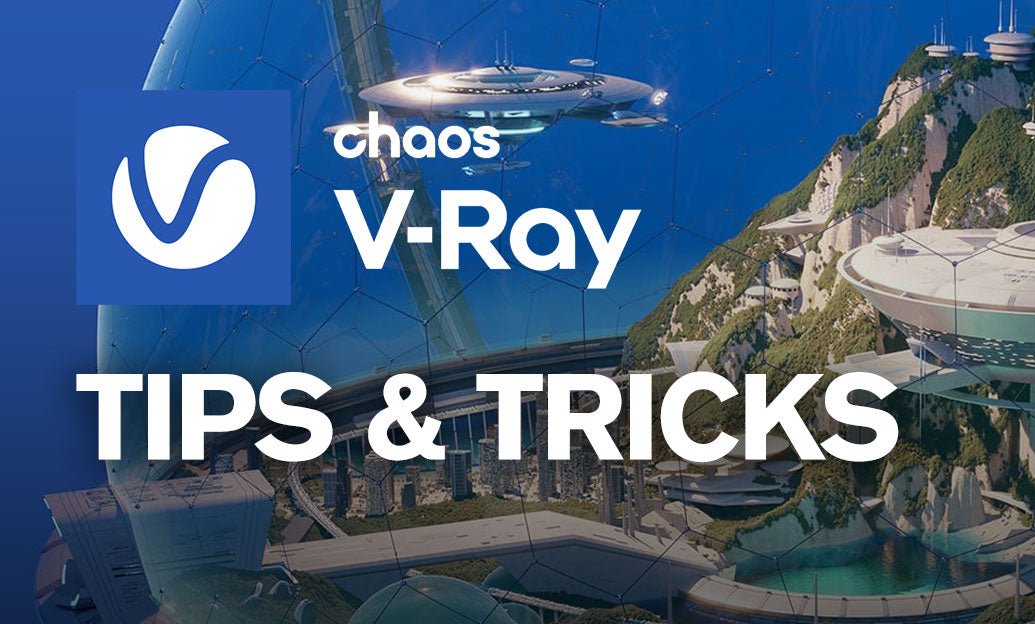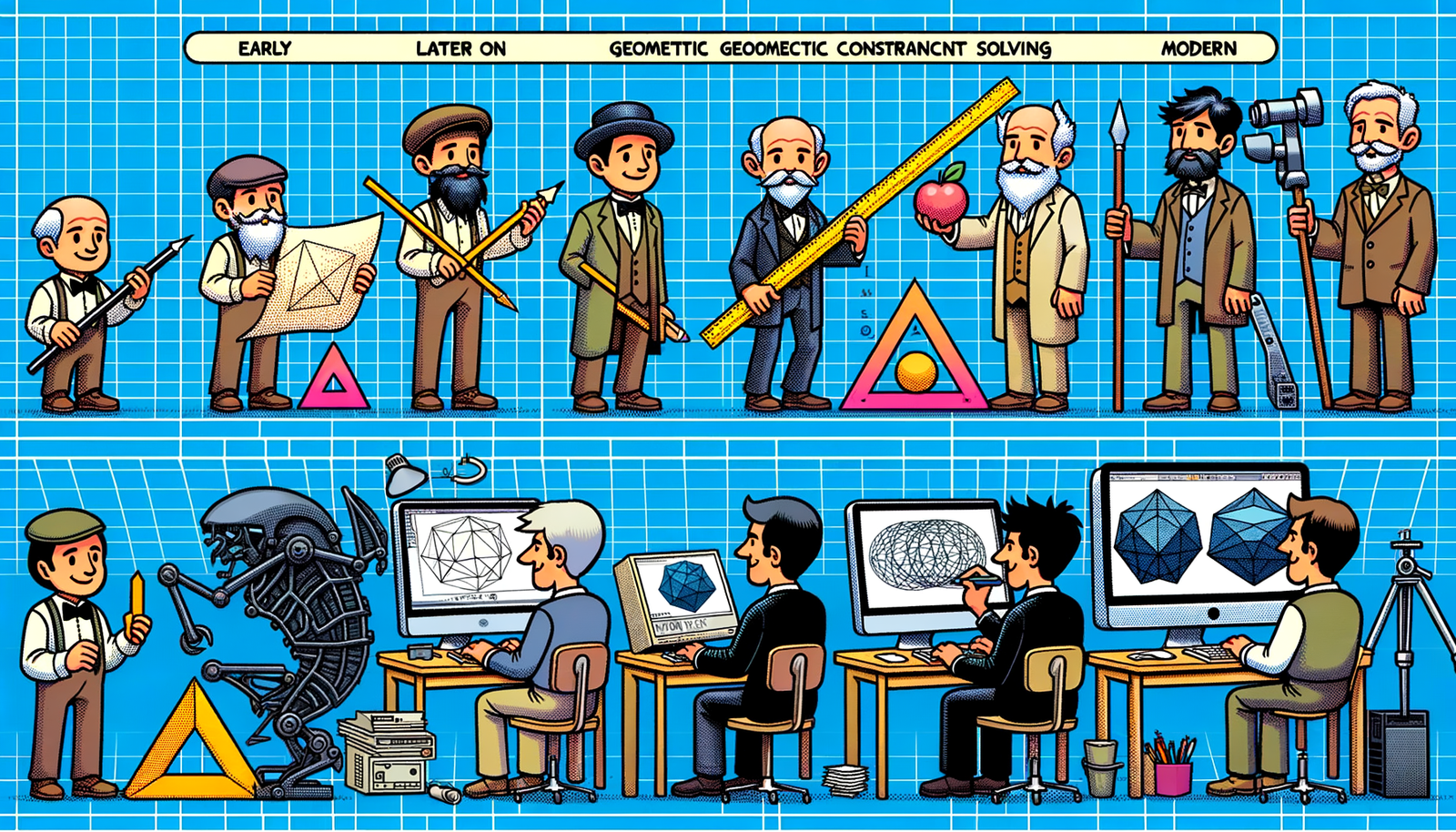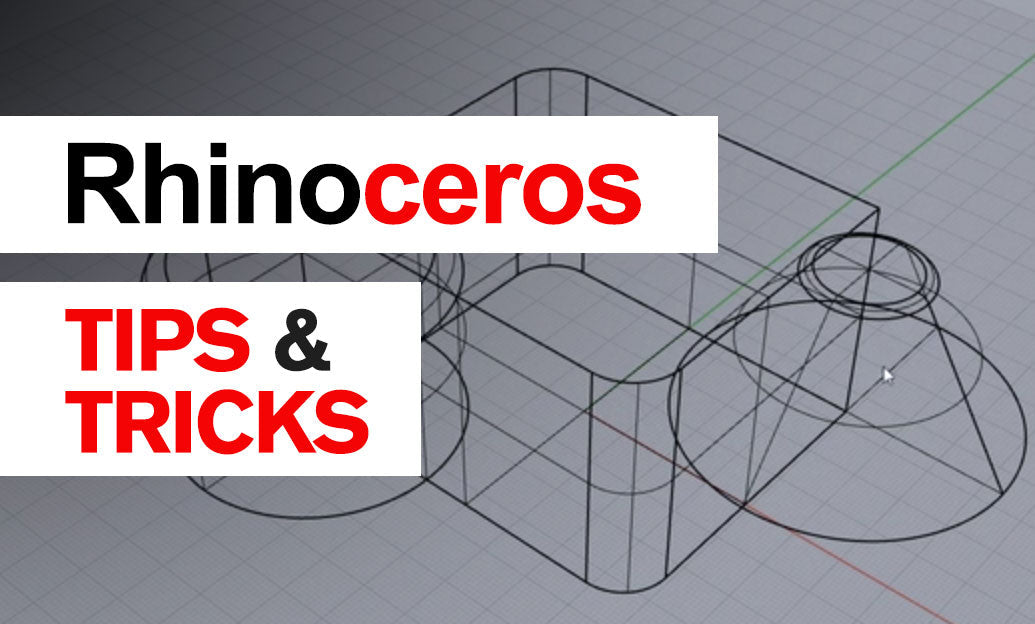Your Cart is Empty
Customer Testimonials
-
"Great customer service. The folks at Novedge were super helpful in navigating a somewhat complicated order including software upgrades and serial numbers in various stages of inactivity. They were friendly and helpful throughout the process.."
Ruben Ruckmark
"Quick & very helpful. We have been using Novedge for years and are very happy with their quick service when we need to make a purchase and excellent support resolving any issues."
Will Woodson
"Scott is the best. He reminds me about subscriptions dates, guides me in the correct direction for updates. He always responds promptly to me. He is literally the reason I continue to work with Novedge and will do so in the future."
Edward Mchugh
"Calvin Lok is “the man”. After my purchase of Sketchup 2021, he called me and provided step-by-step instructions to ease me through difficulties I was having with the setup of my new software."
Mike Borzage
V-Ray Tip: Maximizing Efficiency in V-Ray: Essential Tips for Organized Scene Management
May 07, 2024 2 min read

In your journey to mastering V-Ray for complex projects, efficient scene organization is paramount. It's not just about keeping things tidy; it's about enhancing performance, workflow, and ultimately the quality of the final render. Here are some tips to help you keep your V-Ray projects organized:
- Use Layers: Just as you would in Photoshop or any other graphics software, utilize layers to manage the visibility and selectability of objects. This can be particularly useful when working on different sections of your scene or when you need to render out specific elements separately.
- Group Objects: When you have multiple objects that constitute a single element (like a piece of furniture or a lighting fixture), group them together. This makes it easier to move them around as a single unit and reduces clutter in your viewport.
- Name Conventions: Implement a consistent naming scheme for your objects, materials, and textures. This might seem tedious, but it will save you an enormous amount of time when searching for specific items or troubleshooting issues.
- Proxy Objects: For complex scenes, proxy objects can significantly reduce the viewport lag. Replace high-poly models with low-poly proxies during the setup and switch back to the high-poly version only during render times.
- Texture Organization: Keep your textures organized in a specific folder structure related to your project. Consistency is key; having a system in place will make asset tracking and re-use much more manageable.
- Asset Tracking: V-Ray's asset tracking features can be a lifesaver. They allow you to manage all your project's assets, identify missing files, and even relocate or replace assets within the project.
- Outliner Use: If you're using a software like SketchUp or Maya, make use of the outliner to organize your components or objects hierarchically. This not only helps in selection but also in understanding the scene's structure at a glance.
- Render Elements: Organize your render elements in V-Ray. This will streamline your compositing process in post-production and help you quickly identify and correct issues with specific elements of the render.
- Incremental Saves: Use a logical incremental save system to keep track of different versions of your scene. This way, you can always go back to a previous version if something goes wrong or if you need to backtrack.
- Component Libraries: Create and maintain libraries of reusable models, materials, and textures. This will not only speed up your current project but also provide a valuable resource for future projects.
Organizing your V-Ray scenes is an investment in your productivity. Employ these practices to keep your workflow efficient and your mind clear, allowing you to focus on creativity and quality. Discover more expert tips and tricks for V-Ray and other software tools at NOVEDGE.
```You can find all the V-Ray products on the NOVEDGE web site at this page.
Also in Design News

Bluebeam Tip: Maximize PDF Security and Efficiency with Bluebeam Revu's Flatten Tool
December 02, 2024 1 min read
Read More
Design Software History: Evolution and Impact of Geometric Constraint Solving in CAD History
December 02, 2024 2 min read
Read More
Rhino 3D Tip: Enhancing Scale Modeling Accuracy in Rhino 3D: Essential Tips for Designers and Engineers
December 02, 2024 2 min read
Read MoreSubscribe
Sign up to get the latest on sales, new releases and more …


